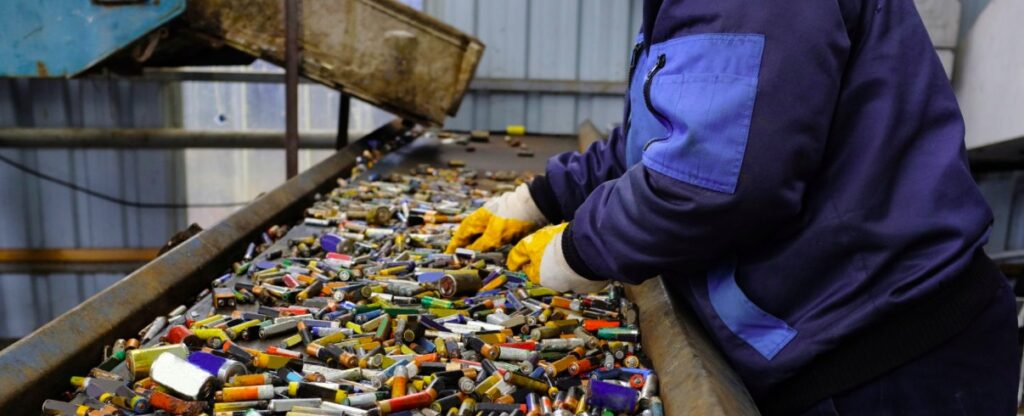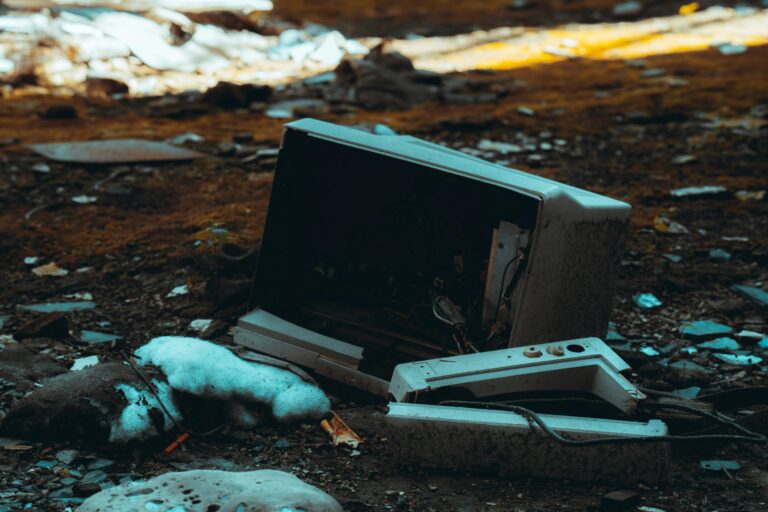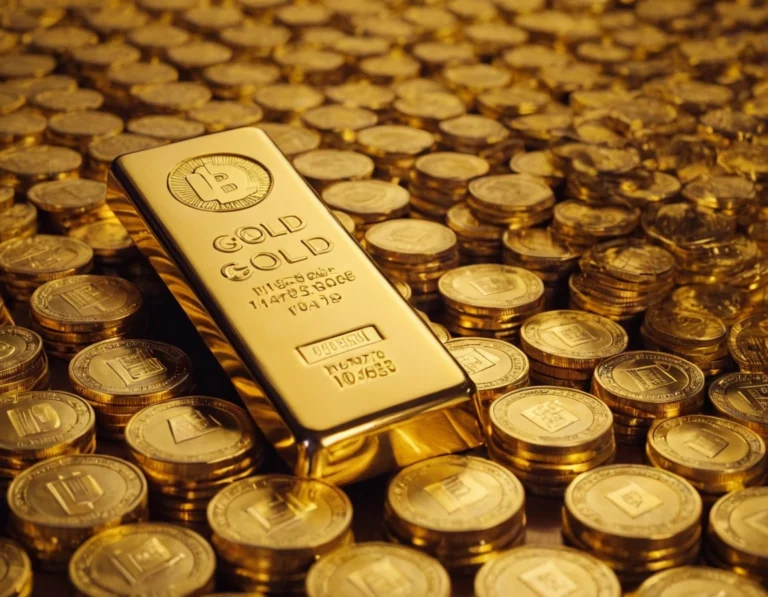
The global shift toward renewable energy and electric vehicles (EVs) has made lithium-ion batteries (LIBs) indispensable. However, with over 4 million tons of LIB waste projected by 2040, recycling lithium and other critical metals is no longer optional—it’s imperative . This article explores the transformative potential of lithium recycling and provides a step-by-step guide to starting a sustainable recycling venture.
Why Lithium Recycling Matters: Key Opportunities
- Resource Security
- Geopolitical Risks: Over 70% of cobalt comes from the Democratic Republic of Congo, while China dominates graphite production. Recycling reduces dependency on these concentrated supplies.
- Economic Value: A ton of spent LIBs can yield up to $22,000 in recovered materials like lithium, cobalt, and nickel 8.
- Environmental Benefits
- Recycling cuts greenhouse gas emissions by up to 50% compared to mining virgin materials.
- Prevents hazardous waste leakage (e.g., toxic electrolytes like LiPF₆) into ecosystems.
- Regulatory Push
- The EU mandates 70% lithium recovery by 2030, while the U.S. offers tax incentives for battery recycling initiatives.
- Market Growth
- The LIB recycling market is projected to hit $6.55 billion by 2028, driven by EV adoption and renewable energy storage.

Step-by-Step Process for Lithium Recycling
1. Collection and Sorting
- Target Sources: EV batteries, consumer electronics, and industrial energy storage systems.
- Challenges: Only ~70% of LIBs are collected in Asia, while other regions lag due to poor infrastructure.
- Solution: Partner with manufacturers, retailers, and municipalities to establish take-back programs.
2. Discharging and Safe Handling
- Safety First: LIBs must be fully discharged to prevent fires or explosions during processing. Methods include:
- Ohmic discharge: Creating a circuit to drain residual energy.
- Brine immersion: Submerging batteries in saltwater to neutralize reactivity.
3. Pretreatment and Dismantling
- Automation: AI-powered robots are replacing manual disassembly to improve efficiency and safety.
- Shredding: Batteries are crushed into “black mass,” a mixture of cathode/anode materials, using inert gases like CO₂ to suppress combustion.
4. Material Recovery Technologies
Choose a recycling method based on cost, scalability, and environmental impact:
| Method | Process | Pros | Cons |
|---|---|---|---|
| Pyrometallurgy | High-temperature smelting (>1,000°C) to extract metals like Co and Ni. | Handles mixed waste streams. | Energy-intensive; low Li recovery . |
| Hydrometallurgy | Acid leaching (e.g., H₂SO₄ + H₂O₂) to dissolve metals, followed by solvent extraction. | Recovers >95% Li and Co. | Produces acidic wastewater . |
| Direct Recycling | Physically separates cathode materials for reuse without chemical breakdown. | Low cost; preserves material structure. | Limited to specific battery types . |
Innovative Methods:
- Electrochemical Recycling: Converts lithium into high-purity LiNO₃ while capturing NO₂ emissions, generating 66 Wh/kg of electricity.
- Bioleaching: Uses microbes to extract metals sustainably, though still experimental.
5. Refining and Reintegration
- Purified metals are processed into battery-grade lithium carbonate or cathode precursors.
- Companies like Redwood Materials and Umicore integrate recycled materials into new batteries, closing the loop.
Challenges and Future Outlook
- Diverse Chemistries: Newer batteries (e.g., LiFePO₄, solid-state) require tailored recycling methods.
- Secondary Pollution: Innovations like closed-loop hydrometallurgy aim to eliminate toxic byproducts.
- Policy Gaps: Standardized global regulations are needed to streamline collection and recycling.
The Road Ahead:
- AI and Automation: Robotics will dominate disassembly lines, reducing costs by 40%.
- Circular Economy: By 2035, recycled materials could meet 30% of global lithium demand.
Conclusion
Lithium recycling is a linchpin for a sustainable energy future. By adopting scalable technologies and fostering industry collaboration, businesses can turn waste into wealth while combating resource scarcity and climate change. Start your journey today—invest in innovation, leverage policy incentives, and join the circular economy revolution.






